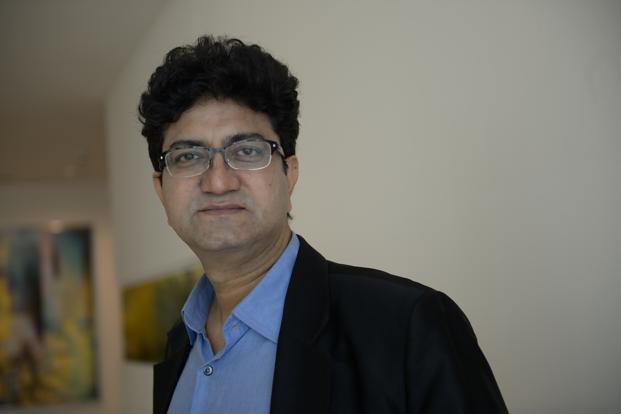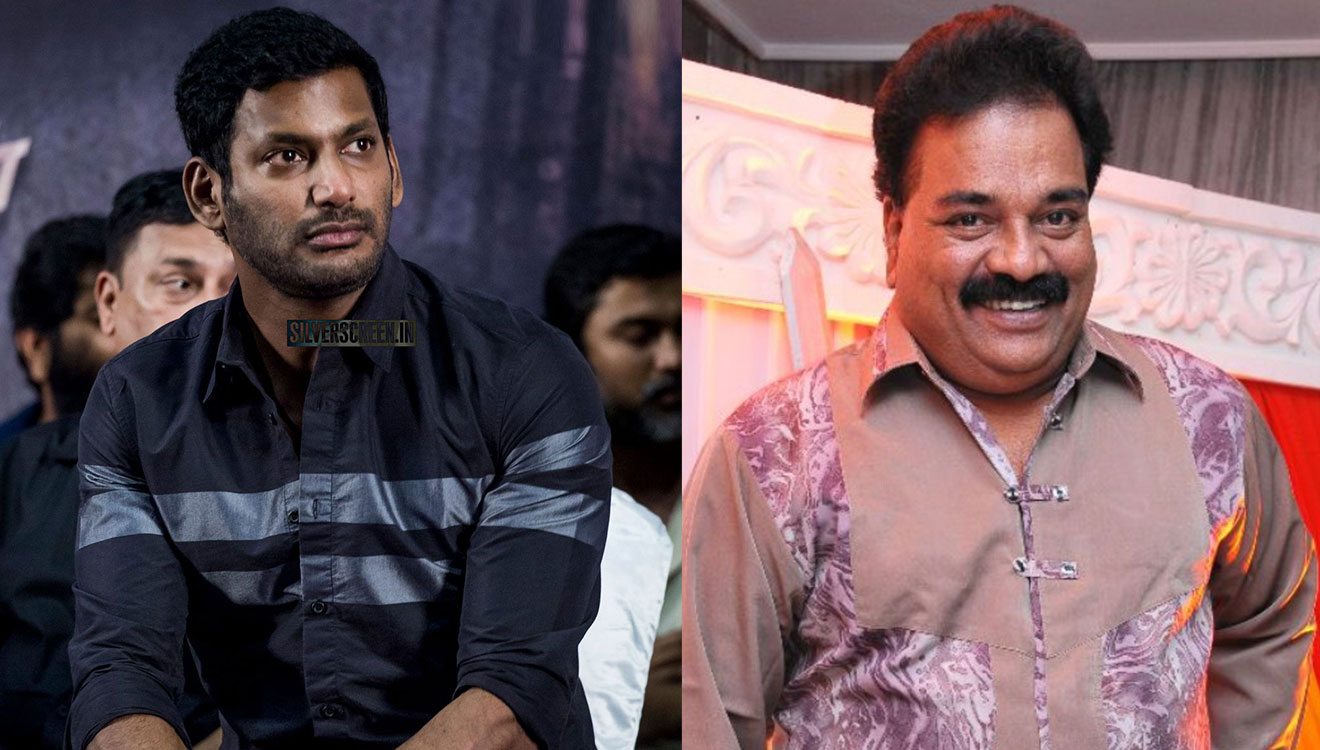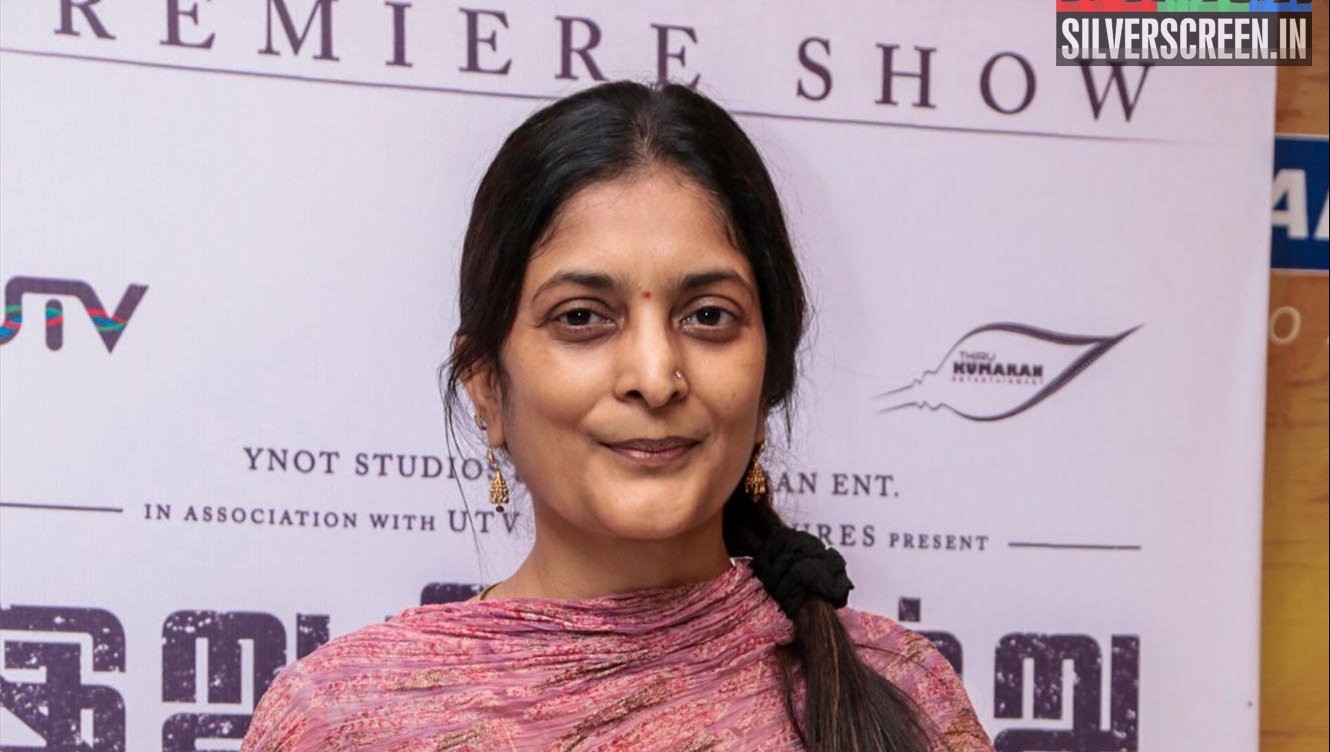The Central Board of Film Certification – CBFC – is changing.
Pahlaj Nihalani, one of its most controversial chiefs, has been replaced. Prasoon Joshi, chairman of advertising agency McCann Worldgroup Asia Pacific, writer and lyricist has been asked to fill in. He says he will respect the film industry. Some filmmakers believe Joshi will be more approachable and liberal than his predecessors, while one filmmaker believes that things may be more of the same till fundamentally the system is overhauled.
Along with Joshi, comes a new board. Vidya Balan, Gautami Tadimalla, Narendra Kohli, Naresh Chandra Lal, Neil Herbert Nongkynrih, Vivek Agnihotri, Waman Kendre, TS Nagabharana, Ramesh Patange, Vani Tripati Tikoo, Jeevitha Rajasekhar, and Mihir Bhuta are the filmmakers, professionals, and experts who constitute the new board.
Together, they will sit in judgement over the films, and determine what the public can or cannot see. Or hear.
However, a new chief and a new board will not really streamline the film certification process in India. Ultimately, each one of the members of the board, and Joshi, will be governed by, and limited by the Cinematograph Act of 1952. The Act defines what cinema and motion pictures can be/will be in India, and also provides rules and regulations, and strict parameters for what is not acceptable.
Although Nihalani, during his tenure as the CBFC chief, exceeded his mandate, but was still operating within the confines of the Cinematograph Act. In many ways, he followed the Act both in spirit and in letter – earning the ire of filmmakers. Nihalani was a self-declared fan of the ruling party – BJP, and took on their agenda of a vice-free, cultural, traditional, “sanskari” value promoting society as his own. Initially, the love and respect seemed to be mutual, but soon, his almost-daily headline-making decisions embarrassed the government and out he had to go.
But, large-scale, systemic changes need to also happen.
For one, the CBFC needs to decentralise its certification and censorship decisions. Scroll reports that during Nihalani’s tenure, almost every file, film, was being judged by the central office in Mumbai. Earlier, during the theatre strike, the Tamil film industry had made a similar demand, and asked that the certification process for regional films at least, be decentralised.
The other big issue that the CBFC, and its parent ministry – Information and Broadcasting, will need to address is the one about freedom of expression and creative pursuit. Every party in power has seen it fit to impose its own cultural values on the CBFC, which in turn has put pressure on the filmmakers to toe-the-line. Cuts, mutes, and large-scale editing have been part of the course for filmmakers. However, it is under this present regime that things have come to a boil.
Cue, the Shyam Benegal Committee.
Set up in 2016, by the I&B ministry, the Shyam Benegal committee was asked to reform the Cinematograph Act, and overhaul the certification and censorship process in India. Headed by the veteran filmmaker, the committee comprises film professionals, experts at law, and bureaucrats and ministers in the government. Kamal Haasan, Bhawana Somaaya, Nina Lath Gupta – the MD of the NFDC, Rakeysh Om Prakash Mehra, Piyush Pandey, Goutam Ghose, and K Sanjay Murthy. Rajyavardhan Rathore, a Minister of State, is also in the committee.
The committee presented a partial report in April 2016, and a final report in October 2016. And then, silence. Among the committee’s recommendation was to do away with the censorship – cuts/mutes, and have a more streamlined set of categories. The Benegal committee pitched for a “Adult With Caution” category, and recommended a U, UA – UA+12, UA+15, A certificates. Further, the committee had said that the board’s role must be to guide and ensure the rules of the Cinematograph Act are followed, and therefore recommended limiting the size and membership of the board.
Recommended
(For a more detailed list of recommendations, read our report: No Cuts, More Categories)
After nearly 10 months of no response, the I&B Ministry finally decided to take up the committee’s report. Rajyavardhan Rathore had invited filmmakers from around the country to a large meeting in which the recommendations will be discussed. But that was in June, and nothing has come out of it since.
While Nihalani’s exit may be brief respite, the film industry will need to gear up for a much more important, and far-reaching fight now. It will need to push the ministry and the newly constituted CBFC under Joshi, to take a good, hard look at the idea of censorship itself.



